
Krzęcin
Elaboration author
Artur Karpacz
Monuments
Parishes
People
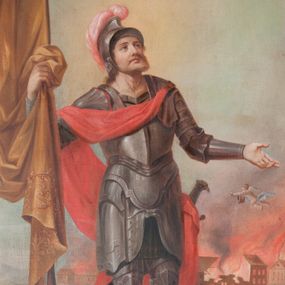
St. Florian
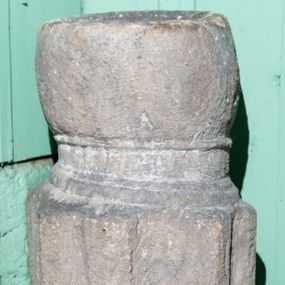
Baptismal font
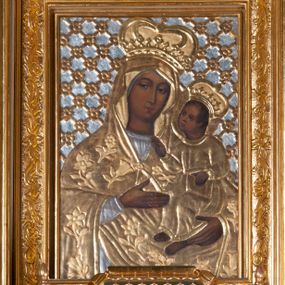
Madonna and the Child
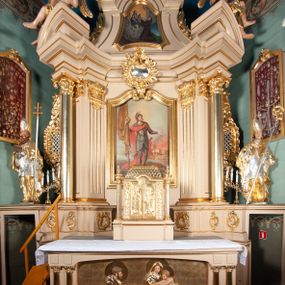
High altar
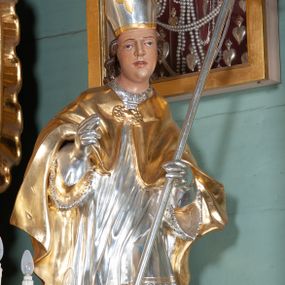
St. Stanislaus
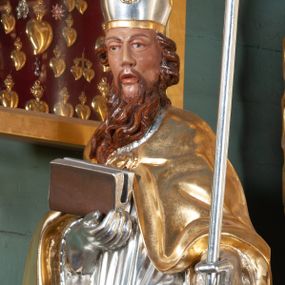
St. Adalbert
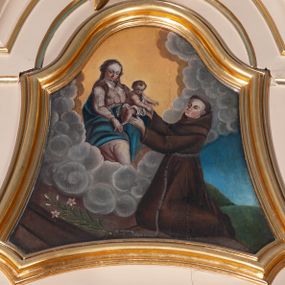
St. Anthony
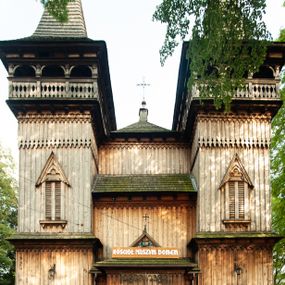
Church of the Nativity of the Blessed Virgin Mary

Pulpit
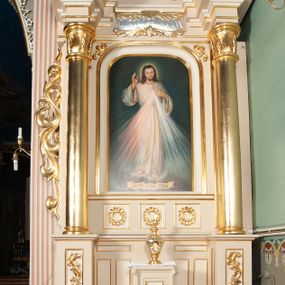
Side altar of Crucifixion
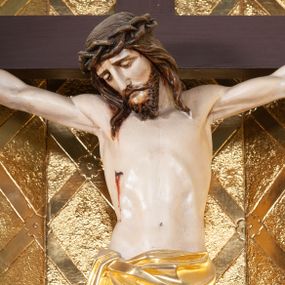
Crucifix
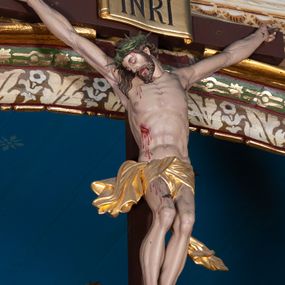
Crucifix
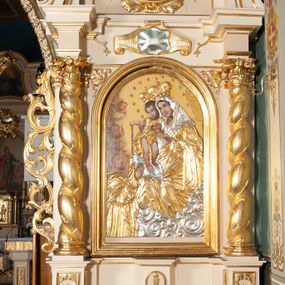
Right side altar of Our Lady of the Rosary
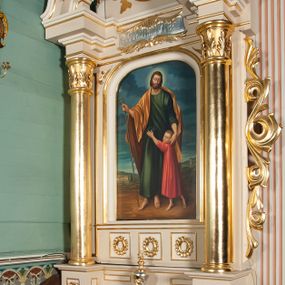
Left side altar of St. Joseph
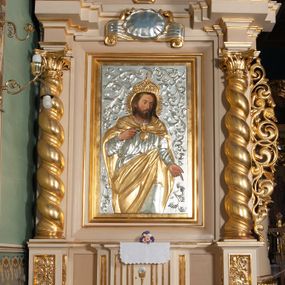
Left side altar of the Most Sacred Heart of Jesus
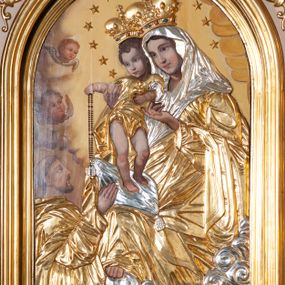
Our Lady of the Rosary
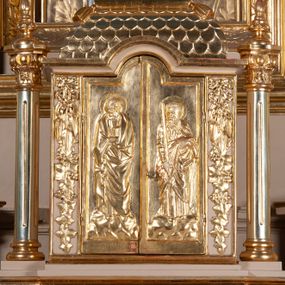
Church tabernacle
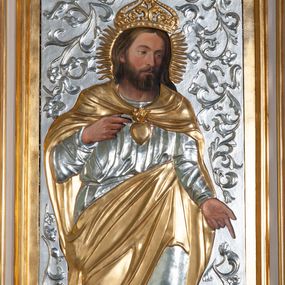
The Most Sacred Heart of Jesus
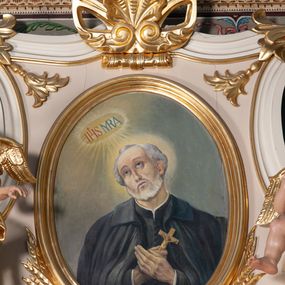
St. Andrew Bobola
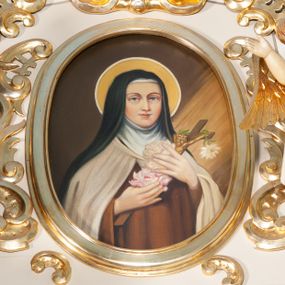
Picture
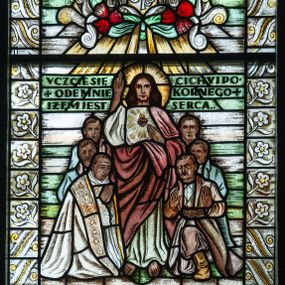
The Most Sacred Heart of Jesus
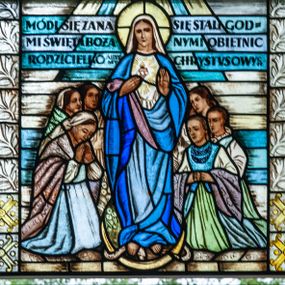
Immaculate Heart of Mary
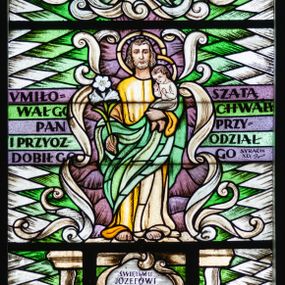
St. Joseph and the Child
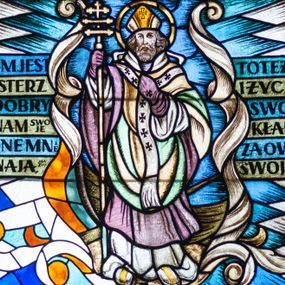
St. Adalbert
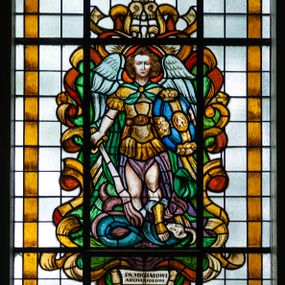
St. Michael the Archangel
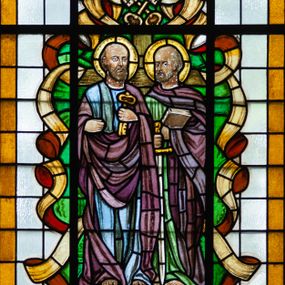
St. Peter and St. Paul
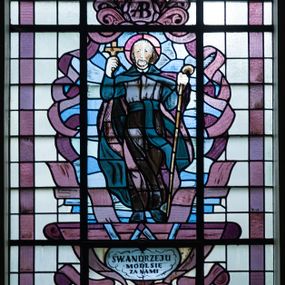
St. Andrew Bobola
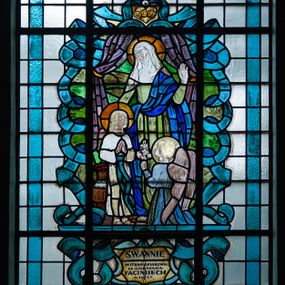
St. Anne
History abstract
The beginnings of Krzęcin date back to the middle of 13th century, when the village was the endowment of the Norbertine convent in Zwierzyniec. From 1274 the settlement belonged to the Duchy of Oświęcim and Zator, reaching as far as the Skawinka river. Jan Długosz in the "Liber beneficiorum dioecesis Cracoviensis" ("Book of Endowments of the Diocese of Krakow") (1470-1480) contained information that the property of the Zwierzyniec convent in Krzęcin consisted of as many as 24 kmiecy lans paying only half of florin for rent without a serfdom day. At the beginning of the 17th century, the village was formally separated from the Duchy of Zator and Oświęcim and incorporated into the Cracow poviat. The 1950s brought a severe plague epidemic in the region decimating the local population. The bad socio-economic situation got even worse due to the war with Sweden and the invasion of Transylvanian prince George Rákóczi. During the later Bar Confederation, Kazimierz Pulaski was stationed with armed troops in nearby Skawina. In June 1772, the right bank of the Vistula river, together with the Cracow voivodship, was incorporated into the Austrian monarchy. Krzęcin was incorporated into the Wieliczka district and the property of the Norbertines was confiscated. Part of the former monastery properties were bought by the Haller family from Franconia. The beginning of the 19th century was spent in Galicia on frequent marches of Austrian troops and numerous epidemics Another tragic event was the period of crop failure and famine in 1844-1845, resulting in the peasants disobeying courts and clergy. In 1848, the new monarch Franz Joseph abolished serfdom in the lord's and parson's estates. In the second half of the 19th century the population of Krzęcin grew rapidly, oscillating between 700 and 800 people. The overpopulation of the Galician village led to growing emigration. Animators of socio-economic life appeared sporadically in the region, providing news of all agricultural and technological innovations. The people's movement was also very popular in the area. In 1889, Krzęcin belonged to Antoni Günther. After the outbreak of World War I, the tsarist army approached Cracow. Fortunately, the Austrians managed to fend off the Russians, thanks to which all of Western Galicia avoided the hardships of armed conflict. After Poland regained independence in 1918, Krzęcin was administratively subordinate to the Wadowice poviat in the Cracow voivodship in the Second Polish Republic. During the Second World War, obligatory agricultural and cattle contingents were imposed on the village. Deteriorating living conditions and the prevailing terror led to the formation of underground troops. In January 1945, the first units of the Soviet army appeared in Krzęcin. After the end of military operations, the communist authorities began to create a new administration in the region.
How to cite?
Artur Karpacz, "Krzęcin ", [in:] "The Sacred Lesser Poland Heritage", 2026, source: https://sdm.upjp2.edu.pl/en/places/krzecin-1
